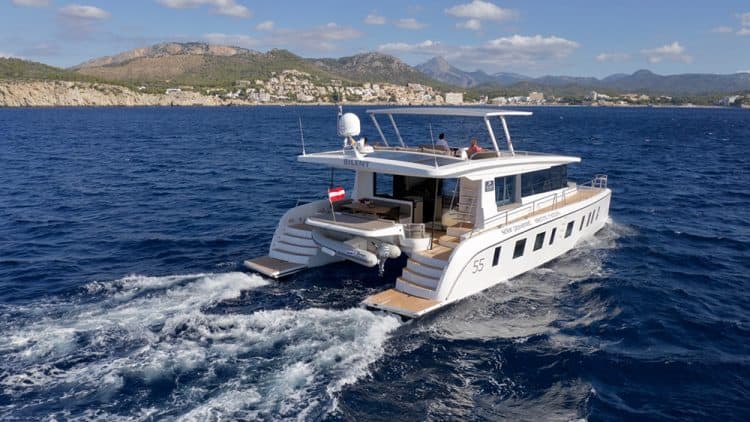Solar company Space Solar have been banned from the Government Rebate Scheme for two years after an inspection conducted by Solar Victoria and Energy Safe Victoria found out that the company were employing unlicensed electrical workers, who were then “carry out works in an unsafe manner”.
Space Solar banned from Government Rebate Scheme.
Space Solar, also known as Community Energy Group, have had their director’s membership cancelled and (for the time being, their website is still up)
The company describes itself as the leading solar installer in Sydney and Melbourne with a decade of experience and a “team of professional engineers”.
According to an article in The Age, customers have been told to contact Consumer Affairs, and the government is expecting Space Solar to cover any costs. Sure that’ll work well.
The $2225 subsidy being offered to new solar installations in Victoria has attracted significant criticism for the method of its rollout and impact on solar installers (i.e. consumers ‘waiting’ to get the highly limited rebate and holding off on having solar installed)
Following on from such government-championed schemes such as the pink batts disaster, the government were quick to respond. Energy Minister Lily D’Ambrosio was scathing in her explanation of the situation:
“This kind of behaviour is totally unacceptable. Customers deserve to know their solar installations are completed to the highest standards and that’s why we have such a strict audit regime in the country,” she said.
“The majority of solar retailers and installers do the right thing – we’re acting to protect their reputation and uphold the standards of our world-leading solar industry.”
The company was registered as a Clean Energy Council-certified solar retailer in August. You have to use Council-approved retailers to claim the government rebate. A new company named Solar Victoria was created to roll out the program, and the former boss of the government’s Victorian Cladding Taskforce, Stan Krpan is in charge of the company. Hopefully we see some more stringent checks on installs and weed out more installers who don’t follow by the guidelines.



